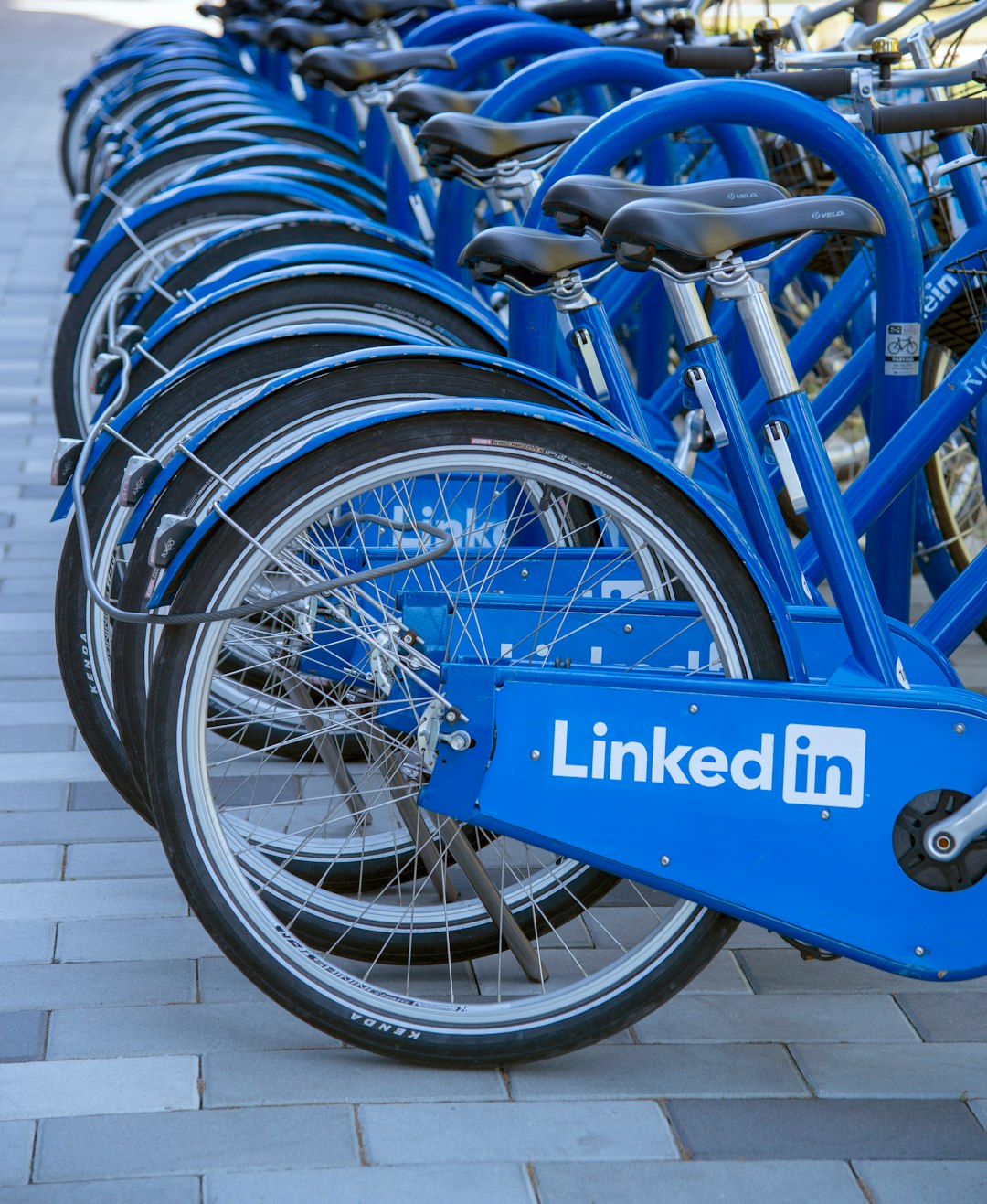
I’ll admit that in the past, I’ve been something of a LinkedIn skeptic. I didn’t think it applied to me. And for long stretches of my career, it probably didn’t.
But now that I’m looking to get hired, especially at my age, the landscape has changed. So I’m doing my best to learn the strategies that will maximize my benefit from the world’s largest professional social network.
Being on LinkedIn isn’t a magic potion. “Build it and they will come” has never been true. But what is true is that if you don’t build it, no one will come.
This newsletter issue was informed and inspired by my interview with Brenda Bernstein, author of “How to Write a Killer LinkedIn Profile.” I will have more from her in my upcoming book, “Help Wanted: Except You - Breaking Through and Landing Your Next Great Job After 50.”
“Ageism is a real thing,” Brenda said. “But if you have a smashing LinkedIn profile, that can help you fight it.”
Why LinkedIn matters
Google ranks LinkedIn highly. This means both that your work history, recommendations and social interactions have more authority because they are on a trusted network instead of on a random website; and that recruiters and Human Resources people can find you and what you choose to share about your qualifications much more easily.
Employers and recruiters expect it. This isn’t true of every industry. But in many employment situations, the people who want to hire you want more detail than your resume and cover letter can offer. That’s where LinkedIn comes in. And unlike other ways you might show up online, you control every aspect of your presence on LinkedIn.
It shows a level of tech comfort. This is especially true for older job seekers, who some prospective employers might worry can’t keep up with technology. Having a well-thought-out and organized LinkedIn profile shows them you have proficiency in the same online activities they value in their own businesses.
LinkedIn helps you define yourself. Your profile and related materials are a great chance to shape your future by deciding what to include, what to leave out, and how to spin your experience. If you are pivoting to a new career, for example, you can de-emphasize your older roles and talk more about what you are doing with your new focus.
My best LinkedIn advice for older job seekers
Just start. LinkedIn is free, and there are tons of starter guides and good advice online. If you don’t feel comfortable with all the ins and outs of this admittedly complex system, ask for help from a more tech-savvy friend or colleague. Not everything needs to be perfect right out of the gate.
Work on your profile. Make sure your headline, description and job titles put your experience in the best light, and de-emphasize things like employment gaps. Don’t underestimate the power of a current professional headshot. For a bunch more great tips on profiles, check out this AARP article, “7 Ways to Improve Your LinkedIn Profile.”
Get recommendations. Social proof makes a big difference. When other professionals recommend you, that boosts your credibility with employers and recruiters. I have a feeling you know a lot of people who would be willing to recommend you if you just ask. For more on this, read my previous piece, “The Art of Asking.”
Expand your network. The bigger your network on LinkedIn, the more people will read your content, and the more you will show up in relevant searches. As an introvert myself, I know this can be difficult. But you can start with all your former colleagues, people you went to school with, and friends in similar industries and move on from there. One of the keys is writing a personal introduction note, rather than just a generic invitation to connect.
Have some tips of your own about LinkedIn? Good or bad experiences with the platform? Please leave them in the comments. I really want to hear from you.


